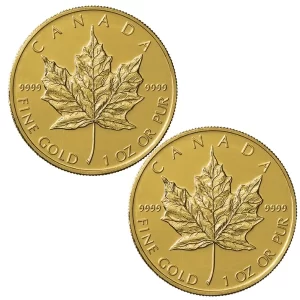In the Roman era, copper was mined principally on Cyprus, the origin of the name of the metal was from aes cyprium (metal of Cyprus), later corrupted to cuprum(Latin). It has extremely high thermal and electrical conductivity. It is a soft, malleable, and ductile metal. Pure copper has a pinkish-orange hue when its surface is first exposed to the elements. As a heat- and electricity-conducting material, copper is also used for construction. It is also a component of many metal alloys, including constantan, which is used in strain gauges and thermocouples for temperature measurement, and cupronickel, which is used to make coins and marine hardware.
Demand from developing nations like China and India, as well as the housing industry in the United States, affect copper prices, among other things. Miners and distributors utilise copper futures contracts as a loss mitigation strategy.
Factors that affect copper prices:
The US housing sector, emerging markets, supply disruptions, and substitution are the main factors influencing copper prices. Emerging markets are a major factor in driving copper prices because of the demand for infrastructure. Housing, transportation infrastructure, and other types of building all experience rapid growth in emerging market nations. As a result, copper prices are susceptible to these nations’ growth rates.
Supply and demand can affect copper prices in ways that are influenced by political, environmental, and labour challenges. Miner strikes or the nationalisationof copper mines can stymie production and drive up prices. Natural catastrophes or armed conflict may reduce mine output and raise copper prices. Buyers might look for alternatives if copper costs increase.
China has driven copper consumption in recent decades. As China’s economy grew and the nation started a construction boom, copper prices soared in the late 1990s and early 2000s. The expansion was also facilitated by the rising real estate and housing markets in the United States. India has also taken up the responsibility. By 2025, it is anticipated that India would increase its per-person copper consumption from 0.5 kg to 1 kg.
Demand is also anticipated to increase as a result of growth potential for new industries like renewable energy. This is due to the fact that machinery and equipment like windmills and solar farms are made using copper as a basic material. Want to buy copper , check first copper costs now & make your purchase.
Copper Futures:
The London Metal Exchange (LME) and the Commodity Exchange (COMEX), both of which are part of the Chicago Mercantile Exchange, both provide copper futures contracts for trading (CME). Contracts for copper futures call for the delivery of physical copper in the predetermined amounts (described in the contract) at a later time.
 Hi,
Hi,






















